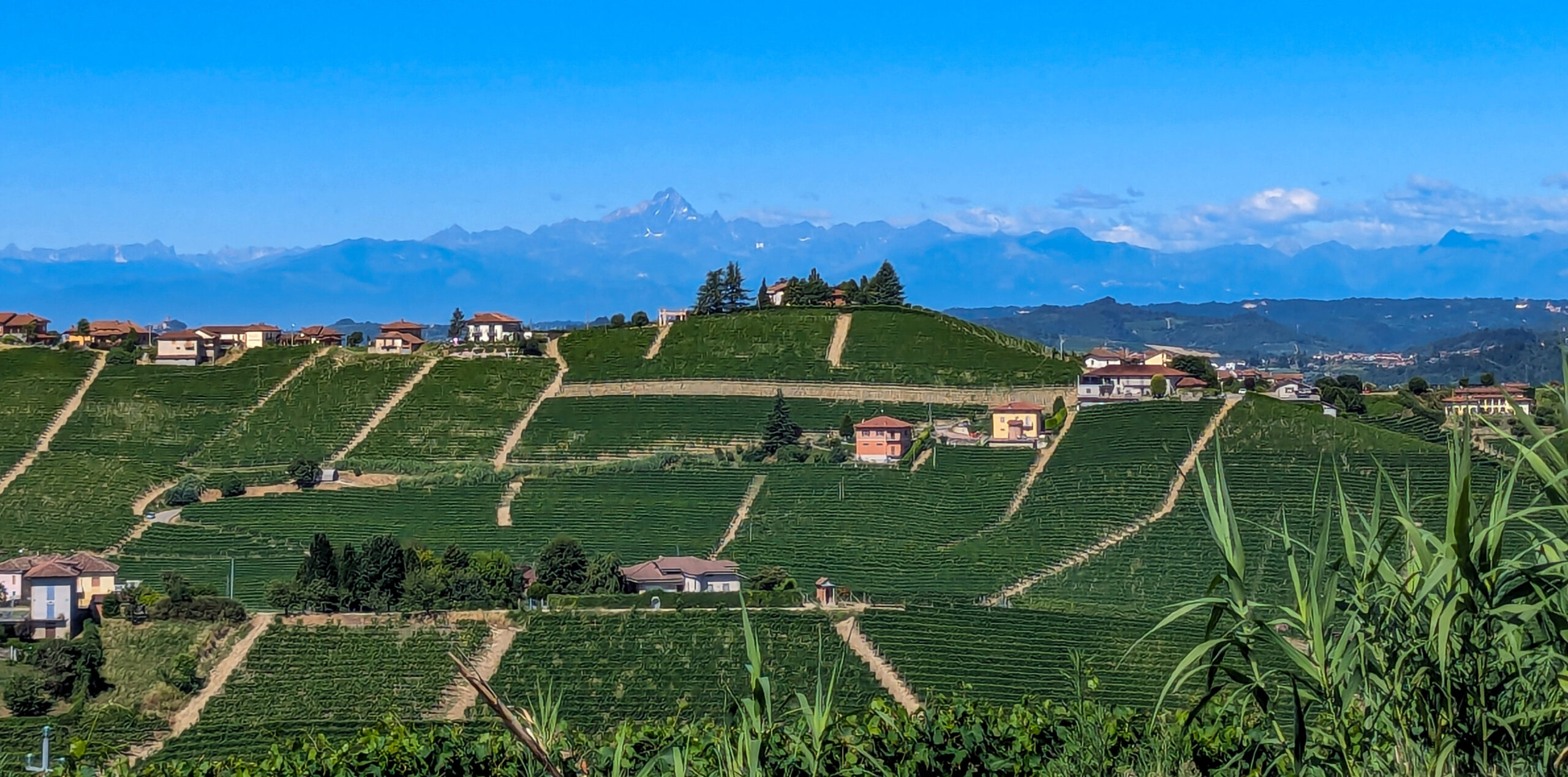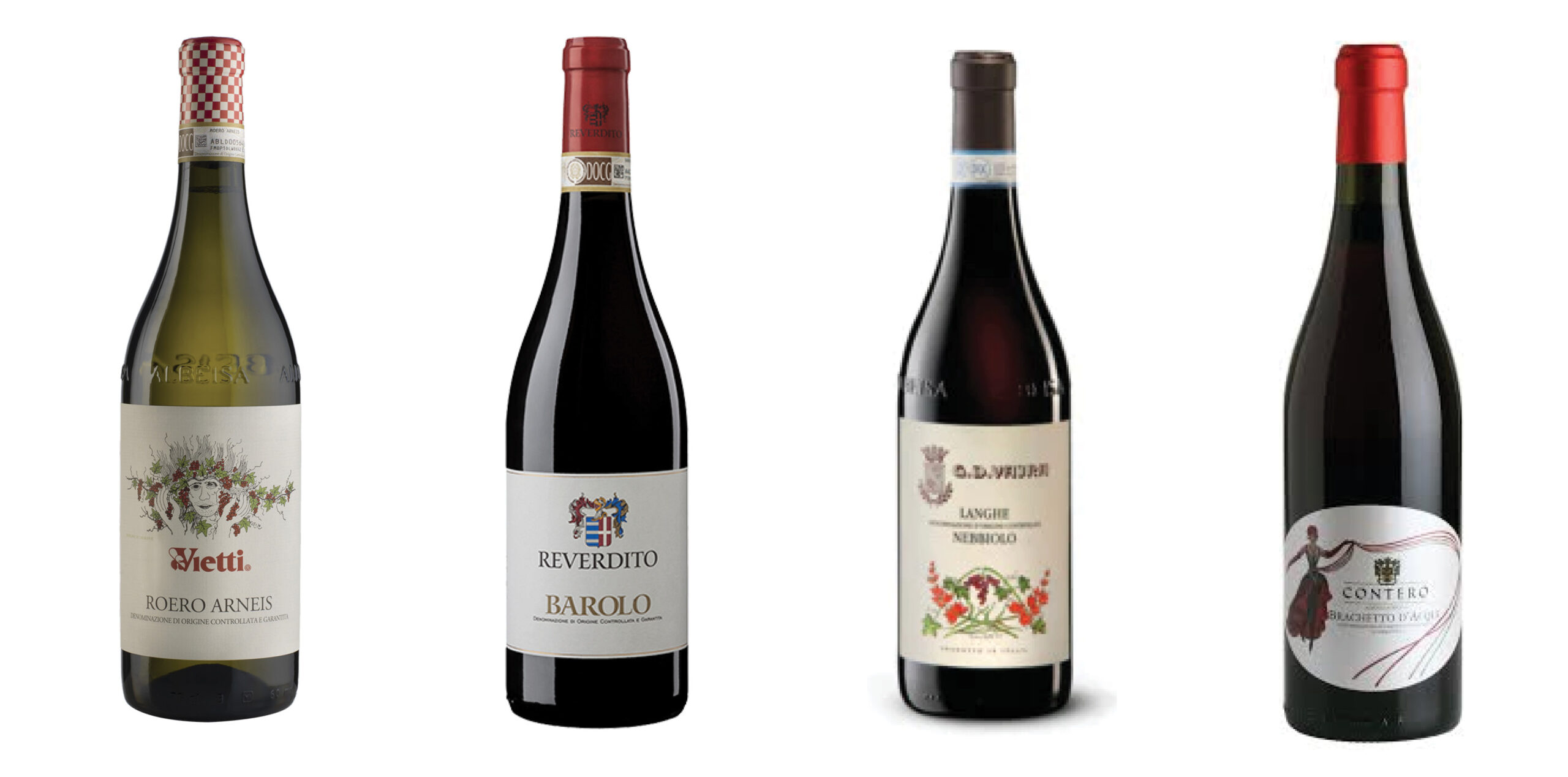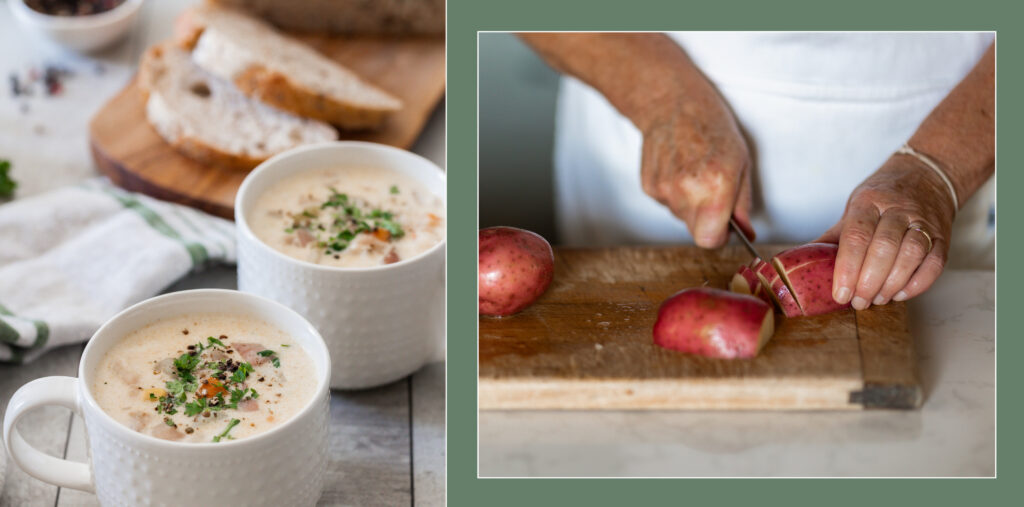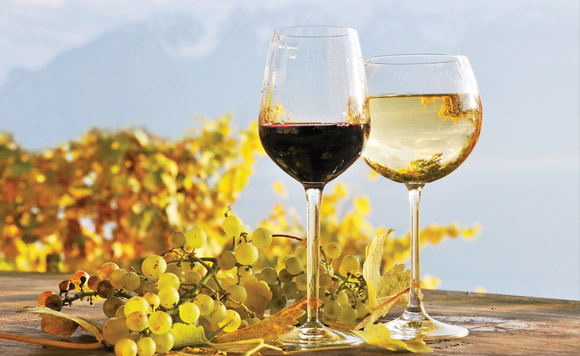Words & Photo Richard Hope
“There didn’t used to be grapes here,” the owner of the hotel tells me, gesturing across the Langhe Hills – a statement that seems impossible given the endless carpet of vineyards stretching to the horizon.
But at Ca dei Currà, a small pension in this UNESCO World Heritage Site in northwestern Italy, Paolo’s words hint at a deeper truth about this ancient wine region: that what we see today as timeless tradition is actually the result of recent transformation, where centuries-old grape varieties have found new life through modern winemaking. I’d come to Piedmont (the locals call it Piemonte) to get a deeper understanding of Italian wine, which remains a fantastic value for money in British Columbia.
This region lies nestled between France to the west and Switzerland to the north, where snowmelt from the Alps feeds the Po River – the lifeblood of this agricultural region. The region’s geography creates both opportunity and challenge: while the alpine waters have nurtured grape growing for centuries, climate change now threatens this delicate balance, as seen in 2022’s crippling drought that left the Po running dry. Yet as catastrophic as that event was, the wine industry persevered, illustrating that grapes must struggle as they grow to yield the highest-quality juice critical to world-class wine production. In the Langhe, all grapes are grown on hill slopes, with the best plots at the top (for drainage) facing south or southwest (following the sun). At Ca dei Currà, every late afternoon a cool breeze blows south from the sea, cooling the grapes and preventing them from overripening.
Made from the ancient Nebbiolo grape grown here for over 700 years, Barolo rivals Bordeaux in terms of expression, aging and return on investment. Some of the top Barolo wines sell for over €600 a bottle, and certain brands have increased by 100% over five years, making them highly desirable investments. Yet at the local enoteca (wine shop), producers sell their products directly to the public, cutting out the middleman – a bottle can be found for as little as €10. Barolo is a complex, dry red wine aged in oak barrels for several years to develop its distinctive character.
Later, I visit Bruno Giacosa, a small winery in the village of Neive named after the eponymous winemaker who sadly died in 2018. Giacosa was a perfectionist who only produced vintages that he considered truly worthy. As a result, some years he didn’t make any wine at all, creating scarcity and demand that commands high prices. Today, Bruno Giacosa’s wines are famous throughout the world for their quality. In B.C. you can only buy the wine either through private wine clubs or at The Vancouver Club or Elisa.
Ending my short trip in the Langhe, I try the latest release of Arneis with Bruno Giacosa’s Head of Marketing, Paola. In the 1970s, Giacosa and the nearby winery Vietti revived the Arneis (“little rascal” in Italian) grape, which had fallen out of fashion. It’s a white wine with great minerality and hints of pear, almond and apricot. Sipping this crisp white as the afternoon light plays across the vineyard rows, I finally understand Paolo’s paradox: while grapes have grown in these hills for centuries, what makes this region special today is how traditional varieties like Nebbiolo and rescued grapes like Arneis continue to find new expression through passionate winemakers who honour both heritage and innovation.
Recommendations:
Vietti Roero Arneis 2022: I first came across this one at this year’s Vancouver Wine Festival, and it made me want to jump on the first plane to Italy. It’s crisp and high in minerality with a touch of sweetness. Served straight out of the fridge, it’s both refreshing and has high minerality. Great with seafood.
Reverdito 2016 Barolo: Barolo is quite expensive in B.C.; however, Reverdito (one of the leading producers in Langhe) has produced this deep red wine with hints of orange peel and rose. A great accompaniment to steak or pasta.
G.D Vajra, Langhe, Nebbiolo 2023: In recent years, producers have started to produce Nebbiolo almost as a budget Barolo wine. This is a great value introduction to the region, produced by one of the great winemakers in the region. Aged in stainless steel to preserve the flavour of the grapes, this has strong hints of cherries and fresh strawberries.
Brachetto d’Acqui 2018: This one can be a bit harder to find. Brachetto is a light red wine with a touch of “frizzante,” meaning a light fizz but not quite sparkling. It’s low alcohol with a touch of sweetness and notes of red berries. Perfect for desserts.
www.cadeicurra.com





